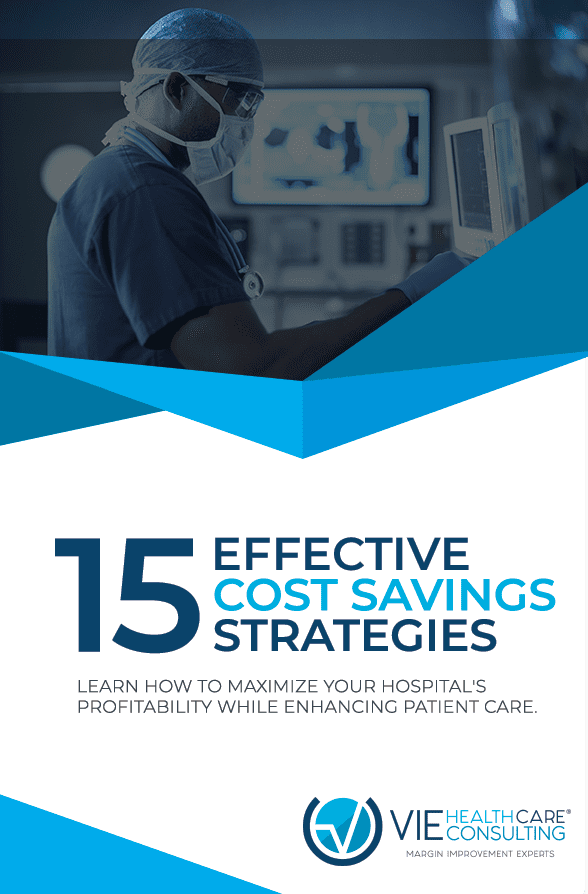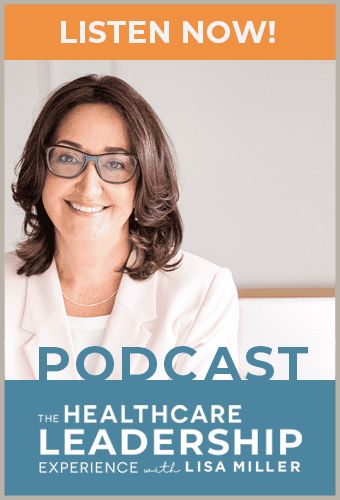Patient Financial Experience
Organizations must change the way they approach the patient financial experience.
Why?
Healthcare billing can often create problems and tarnish the overall patient experience. Click To Tweet
There are a few major reasons for this:
- Patients are bearing the responsibility of a larger portion of their healthcare bills.
- Patients can’t afford to pay large hospital bills, at least not all at once.
- Healthcare billing is often confusing.
Here are a few quotes from Becker Hospital Review’s whitepaper:
- “As more patients enroll in health plans with high out-of-pocket costs, provider organizations must shift their focus to ensure patients are at the center of their revenue cycle strategy. Hospitals and health systems that fail to make this transition may see their patient experience scores and finances suffer.”
- “Patients are now responsible for more than a quarter of healthcare revenue and are the fastest growing payer.”
- “An analysis of 400,000 claims by The Advisory Board confirmed that the greater a patient’s deductible, the less likely he or she is to pay the owed amount, irrespective of his or her income level.”
- “Healthcare payments are a uniquely complex multi-party ecosystem, and the numerous bills and benefits statements patients receive after hospital visits confuse them. Patients often choose not to pay the bills because they are unsure of the amount they owe, even after comparing invoices from providers and statements from insurers over an extended period of time.”
And, here are a few more important statistics that shed some light on healthcare billing and its relation to patient experience:
- “Research from the Deloitte Center for Health Solutions shows that hospitals with better patient experiences perform better financially and there is a positive correlation between patient experience and clinical quality measures.”
- Research from InstaMed reveals that 72% of consumers preferred electronic payment for their healthcare bills. Yet in 2015, 87% of consumers received paper medical bills from their providers.” (Trends in Healthcare Payments Sixth Annual Report: 2015)
- Patient satisfaction ratings can fall by an average of more than 30% after discharge because of the billing process, according to a 2015 survey by the Hospital Consumer Assessment of Healthcare Providers and Systems
The overall solution requires making patient payment easier. So, how can a hospital accomplish this?
We’ll cover some practical steps in the next edition of this series.



